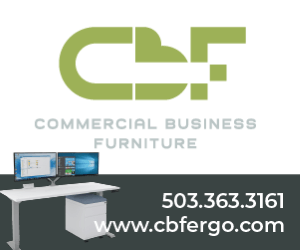This is the third in a series of four articles that pose the question:What is the intersection between optimal sales leadership… and the optimal use of today’s technology?

Let’s look at the third pillar, sales leadership itself. We’ll examine how your technology can support the buyer journey.
As an effective sales leader, you want to ensure, through your personal example, that you are walking your talk when it comes to decisions that support the first two pillars, sales process and methodology. Here are three important ways you can do that.
- Establish exit criteria that are stage-specific and role-specific. If you and your team use a CRM, every time someone on your team wants to move from one stage to the next, they’re going to need to confirm, within the system, that certain clearly defined conditions have been met. The sales leader identifies those conditions and evangelizes on the non-negotiability of meeting those conditions before moving out of a given stage. They say numbers don’t lie; neither do criteria. Someone on your team has either met the criteria to move a given opportunity forward… or they haven’t. Your sales culture should be one rooted in facts and data, not hunches. If someone hasn’t met all the criteria, the opportunity does not move forward — no matter what your personal relationship with that person is, how charming they are, or what promises they make about the prospective buyer. By setting clear and measurable expectations up front, you ensure that the sales group knows exactly what they need to ask prospective buyers and when they need to ask. Instead of you focusing on why a given deal fell through, focus on the salesperson fulfilling the stage criteria that make closed business possible. When people are coached to improve their ability to meet the exit criteria, their sales funnel hygiene improves dramatically!
- Remove distractions and keep your team focused on revenue production. Sales leaders are air traffic controllers. They’re usually juggling several dozen different things at once and have a lot of issues to keep track of. But just as an air traffic controller doesn’t share irrelevant information with the pilot for fear of causing him to lose focus, you want make sure that one of your priorities is using your technology, tactfully but purposefully, to edit out potential distractions. You don’t want to devote a lot of bandwidth to anything that could take your people off course. The cultural message: Revenue creation, via execution of the sales process, is the priority. Remember, if we don’t want others to get distracted by company updates that aren’t relevant to them, or by gossip or sports, we need to be sure we’re not using team communication channels for anything other than revenue-related matters.
- Make it measurable. An effective team selling culture is rooted in verifiable data. The leader’s role is to make sure the technology used to communicate with the team is focused on metrics. “If you can’t measure it, you can’t manage it.” It’s our responsibility as leaders to be sure we’re building our technology leadership strategy around setting and tracking the right daily numbers. If the tools we’re using aren’t providing the metrics we need to track the outcomes that matter, it’s time to either change the settings – or the tools!




